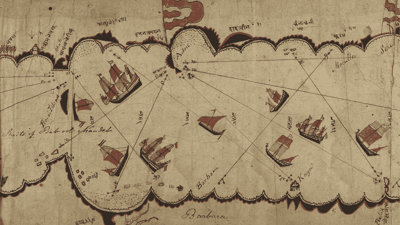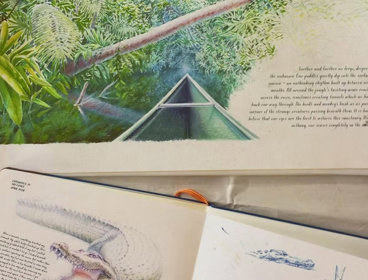When feted British imperialist Alexander Burnes deposited a Gujarati chart of the Red Sea and Gulf of Aden with the Society soon after acquiring it in 1835, he declared it “specimen of naval surveying […] unequalled in any of the cabinets of Europe”. Yet he also described his trophy as “without any reference to longitude and latitude” and “rude” – a denigration that stuck.
A new study of the chart by the speakers, John P Cooper and Kumail Rajani, debunks this take on the chart, interpreting it instead as a rich documentation of both geographical knowledge and effective navigational technique among Gujarati navigators in the early 19th century.



